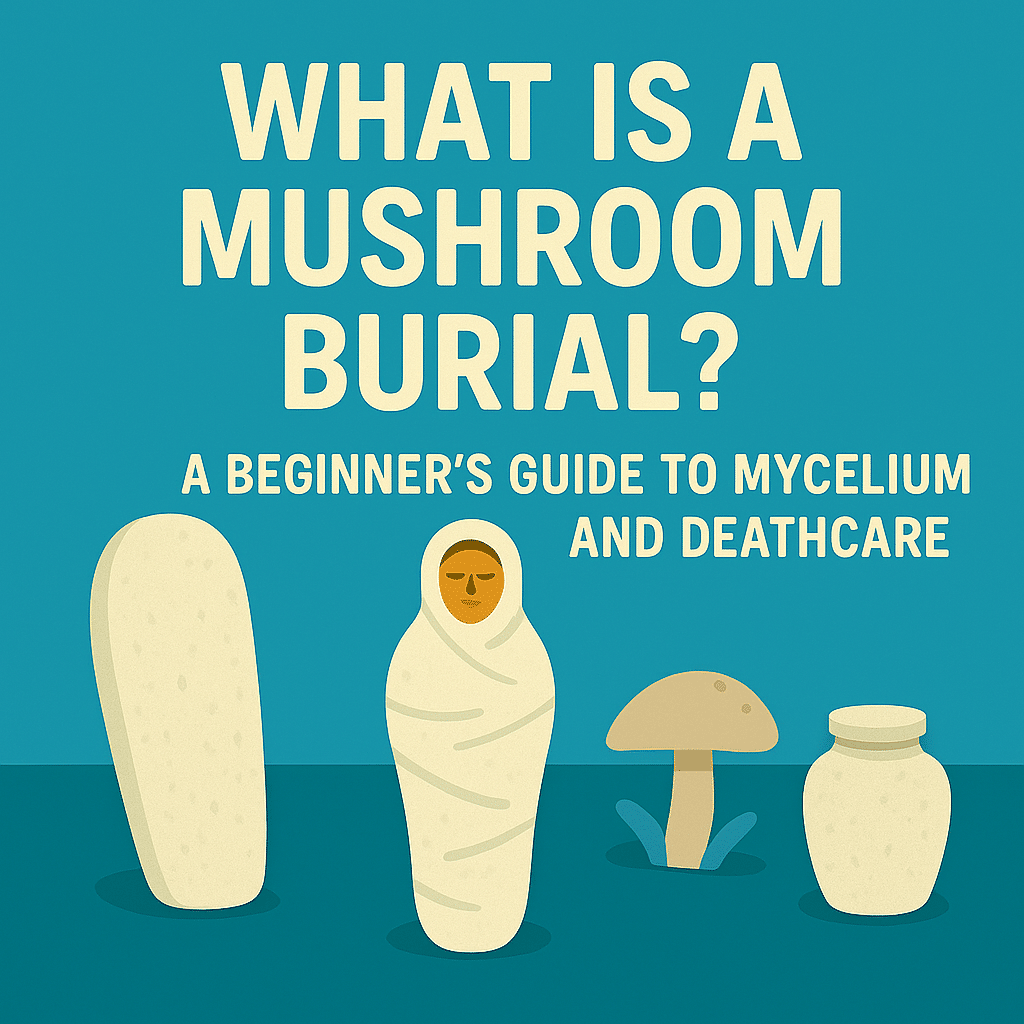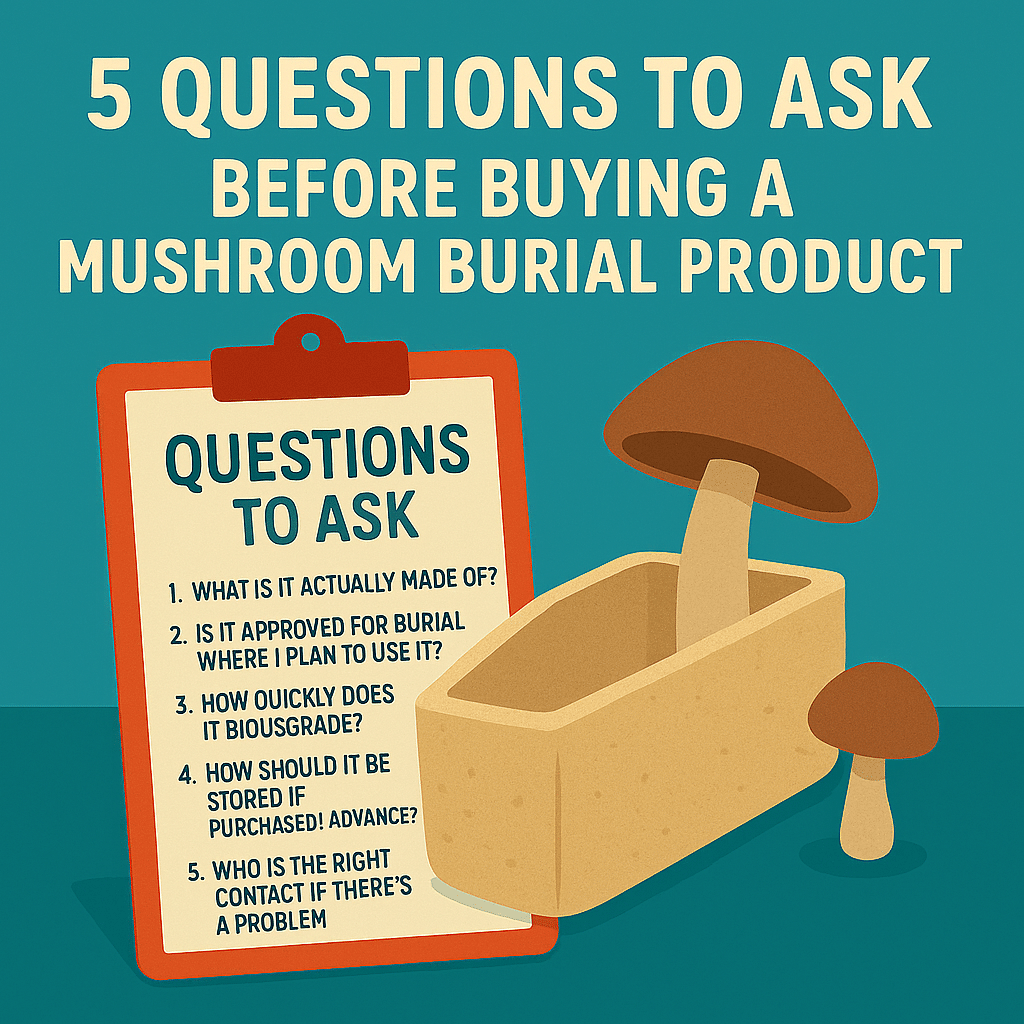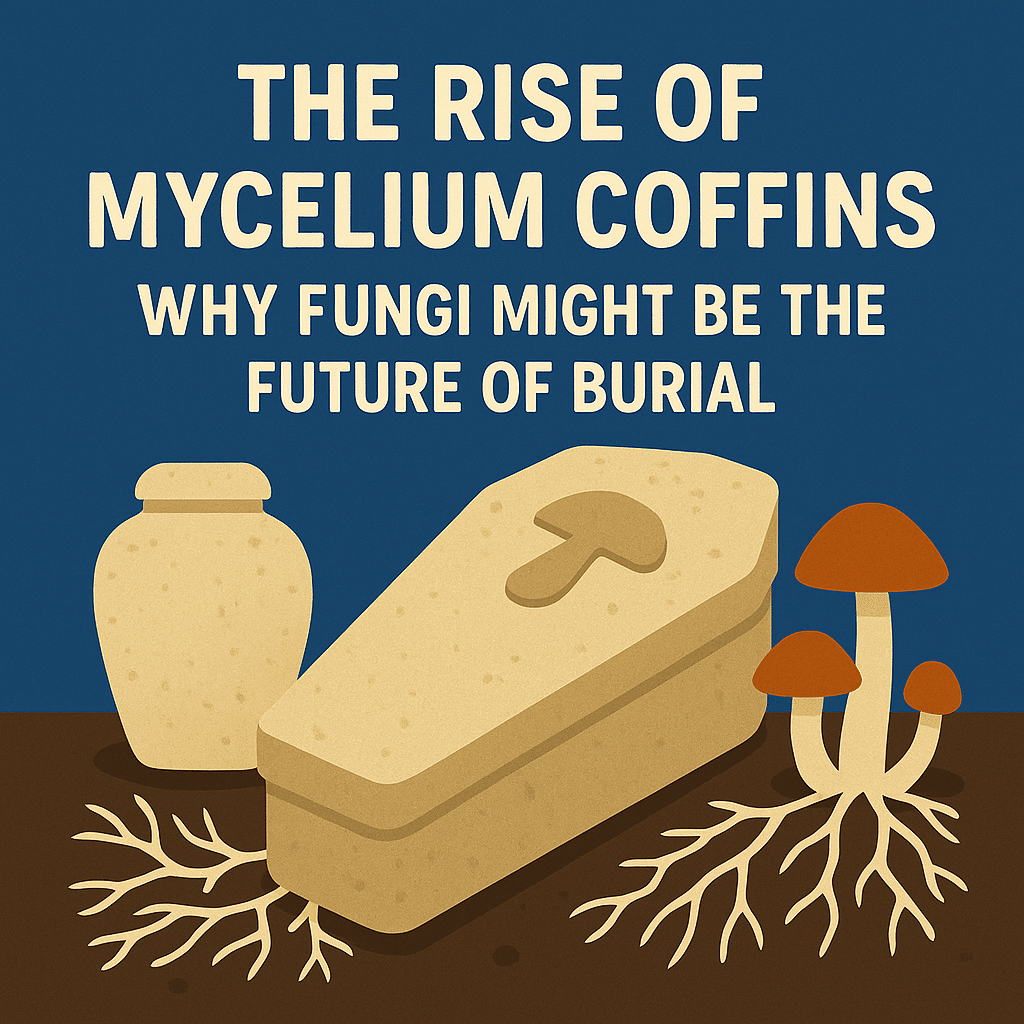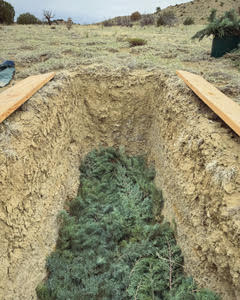Because going green has never looked so spore-tacular.
The Mushroom Burial Shrouds & Vessels Information Hub
The idea of being buried in a mushroom suit captured the imagination of many looking for a more sustainable, earth-friendly way to return to the soil. Popularized by the Infinity Burial Suit, this approach promised to use mushrooms to help break down the body and neutralize toxins after death. The mushroom burial suit was created by artist Jae Rhim Lee through her company Coeio. It was designed to help the body decompose naturally using mushroom mycelium and gained attention when actor Luke Perry was buried in one in 2019.
Despite the excitement, it didn’t work as well as hoped. Mushrooms need oxygen to thrive, and underground burial conditions often don’t support that. The suit also didn’t live up to claims about breaking down toxins in the body.
Today, multiple companies are exploring new approaches to mushroom burial shrouds and vessels.
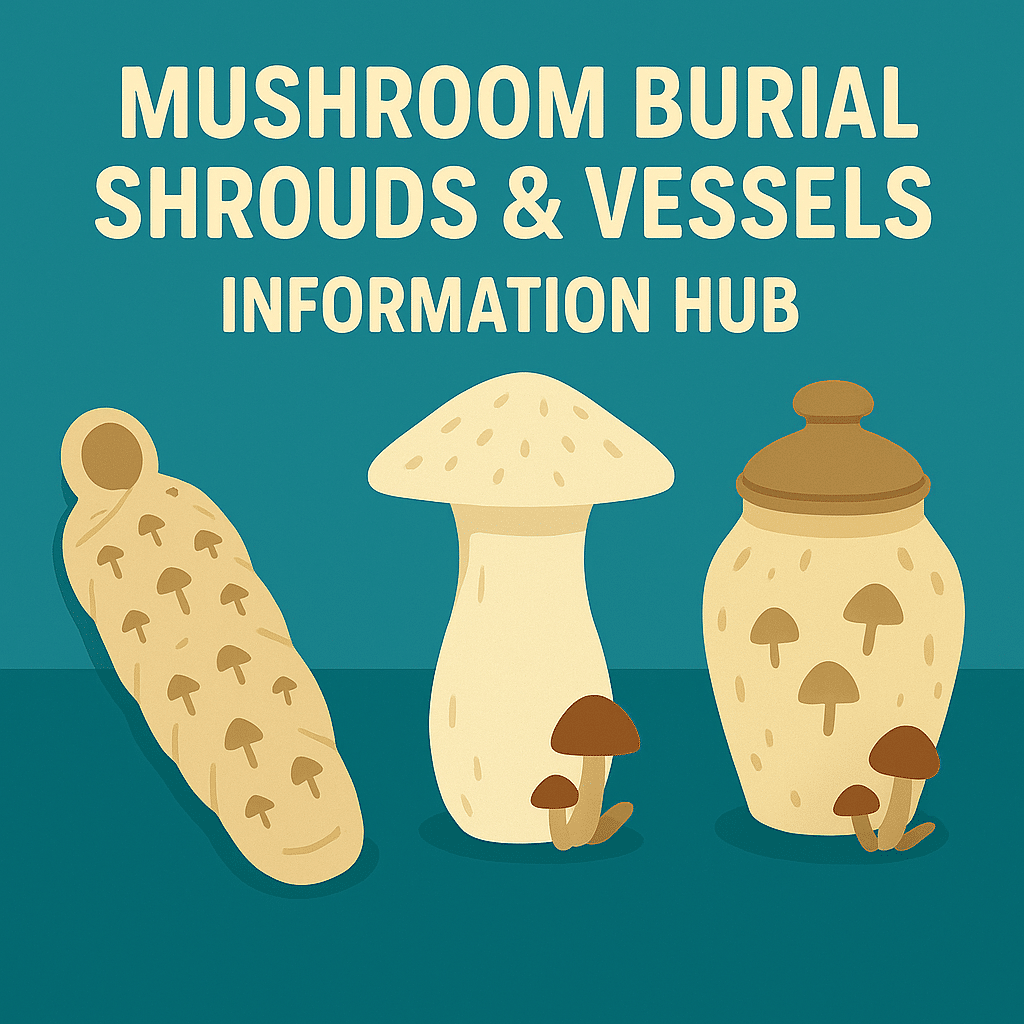
Key Things To Know
These are still emerging innovations. Many mushroom-based burial products are relatively new and still being refined. Some are available for purchase, while others are in limited production or pilot phases.
- It’s not just symbolic, it’s functional. Mycelium helps break down the body naturally while filtering toxins from the environment. It supports soil health and speeds up the natural return to the earth.
-
Not all products are created equal. Some are made from 100% mycelium. Others use biodegradable materials infused with mushroom spores. Check the materials and look for eco-certifications.
-
They are best suited for green or natural burials. These products work best in cemeteries that allow burial without concrete vaults or embalming.
-
Decomposition timing depends on conditions. Moisture, oxygen, and healthy soil microbes all affect how quickly the shroud or vessel breaks down.
-
Storage and shipping are important. These are living or biodegradable products. Some have a limited shelf life or need special storage instructions.
Articles
Frequently Asked Questions
Curious how mushroom burial actually works or whether it's right for you or a loved one? These frequently asked questions can help you get started.
Disclaimer: The information provided on this website and by Buried in Work is for general informational purposes only and should not be considered legal advice. Please consult with a qualified attorney or subject matter expert for advice specific to your situation.

